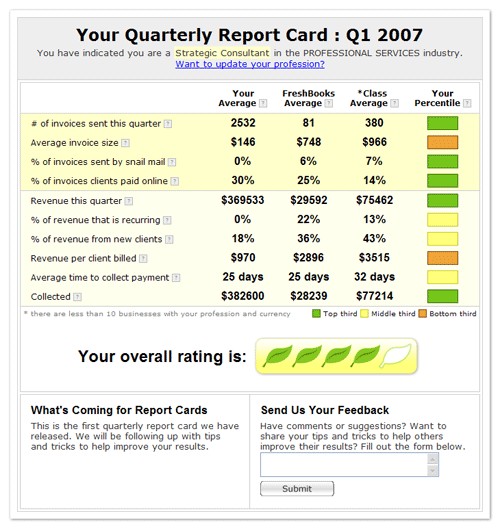There’s certainly no shortage of high-profile opportunities for startups nowadays.
The creme de la creme is no doubt Demo where 70 startup can pitch, get courted by VC’s and enjoy unprecedented publicity. High profile, professional, and (almost) prohibitively expensive. You essentially have to be already funded or bring in significant revenue to be able to afford it. Fortunately there is a growing number of affordable alternatives.
Under the Radar is a well-established conference series presented by Dealmaker Media (formerly known as IBDNetwork). After the recent, successful Office 2.0 event, the next UtR is focusing on Entertainment and Media on June 28th. If this is your field, hurry up there are 4 days left for registration. Clarification: the April 20th deadline is for submitting your company as a presenter, attendee registration is open right till the event itself.
SVASE, the Silicon Valley Association of Startup Entrepreneurs, expanded it’s scope of events last year with the joint Launch: Silicon Valley / Art of the Start mega-event jointly put up with Garage Technology Ventures. Guy Kawasaki calls Launch: Silicon Valley 2007 “the poor man’s Demo” and recommends you get in early. Submission deadline here is May 3rd – see more information in my earlier post.
Finally, a “newborn”: Mike Arrington just announced TechCrunch20, a conference he is co-producing with Jason Calacanis in September, where “twenty of the hottest new startups will announce and demo their products over a two day period. And they don’t pay a cent to do this.” Submission deadline to this event is May 30th.
Summing up, in the order of occurrence:
- Launch: Silicon Valley, June 5th, 30 startups, deadline May 3rd.
- Under the Radar, June28th, 32 startups, deadline April 20th.
- TechCrunch20, September 17-18th, 20 startups, deadline May 30th.
Sounds like a “busy” summer to me 

 Way back at the Office 2.0 conference
Way back at the Office 2.0 conference 
 :
: Yugma
Yugma



 Wow, this was fast. I met Koral CEO Mark Suster some time in November, when he gave me a demo of his then pre-beta Content Collaboration system. I instantly liked it, largely for it’s simplicity – hence the title of my review:
Wow, this was fast. I met Koral CEO Mark Suster some time in November, when he gave me a demo of his then pre-beta Content Collaboration system. I instantly liked it, largely for it’s simplicity – hence the title of my review: 
 “In the future we’re all going to become gofers for computers.” – says
“In the future we’re all going to become gofers for computers.” – says  (originally built on Mozilla) says
(originally built on Mozilla) says 

Recent Comments